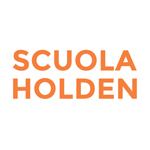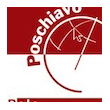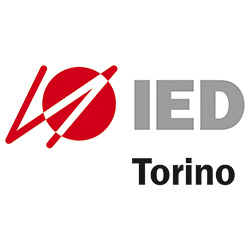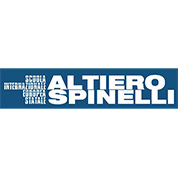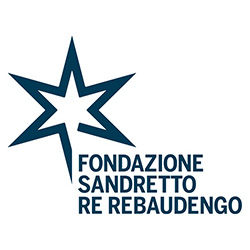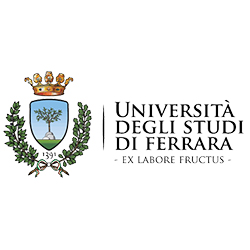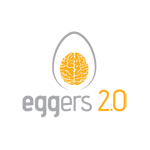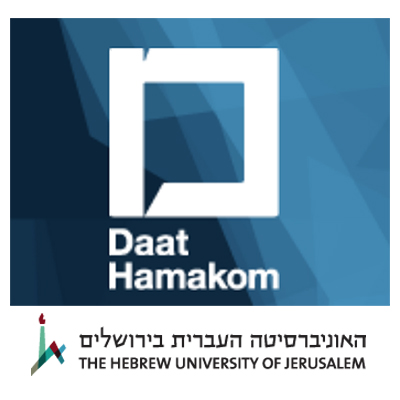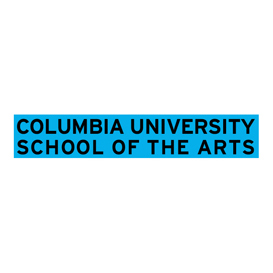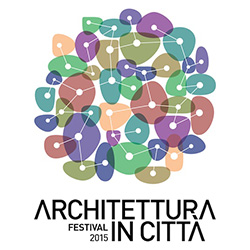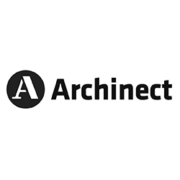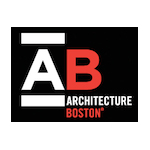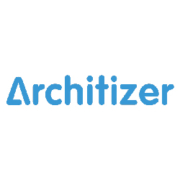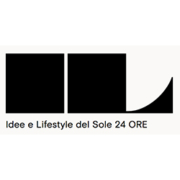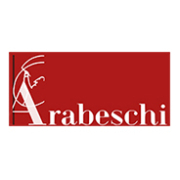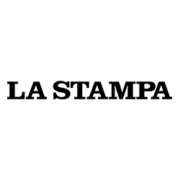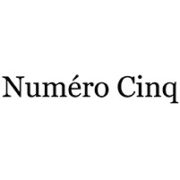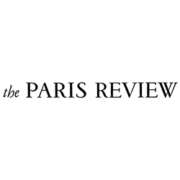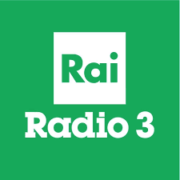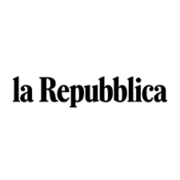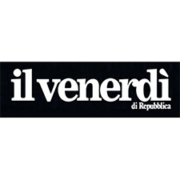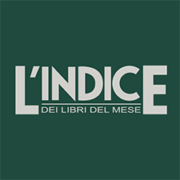“A story is not like a road to follow … it’s more like a house. You go inside and stay there for a while, wandering back and forth and settling where you like and discovering how the room and corridors relate to each other, how the world outside is altered by being viewed from these windows. And you, the visitor, the reader, are altered as well by being in this enclosed space, whether it is ample and easy or full of crooked turns, or sparsely or opulently furnished. You can go back again and again, and the house, the story, always contains more than you saw the last time. It also has a sturdy sense of itself of being built out of its own necessity, not just to shelter or beguile you.”
– Alice Munro, Selected Stories, 1968-1994
Literary Architecture
How many times have we paused while reading a book and had the feeling that we were inside a structure built, knowingly or unknowingly, by the writer? Not simply imagining the locations and architectural settings described in the text, but rather sensing our being immersed in a space, a literary space, designed by someone else.
Architectural metaphors are often used to describe literature, as in “the architecture of a novel”. Similarly, in any architectural project there is an inherent “narrative” structure, e.g. a sequence of spaces, surprises and suspensions, hierarchies of space and function, and so on. By using architecture to explore narrative we discover how many of the challenges that writers face are similar to those of architects: How should different strands of narrative be intertwined? How can chronology be rearranged in a plot sequence? How is tension expressed? What do certain narrative sequences and omissions convey or mean? How do characters connect?
The Laboratory of Literary Architecture is a cross-disciplinary exploration of narrative and space. It is for anyone interested in literature — from high school through graduate school and beyond — and, in particular, for writing, literature, and architecture students and professionals, as it explores how pure, spatial, wordless thought is an essential aspect of both literary and architectural structures.


